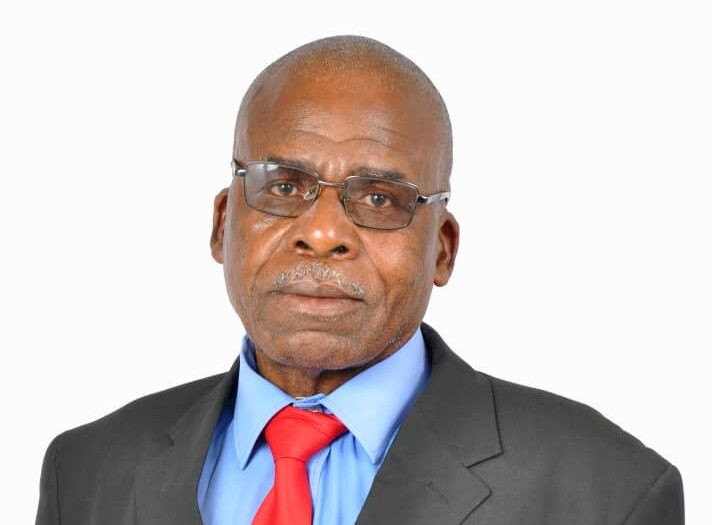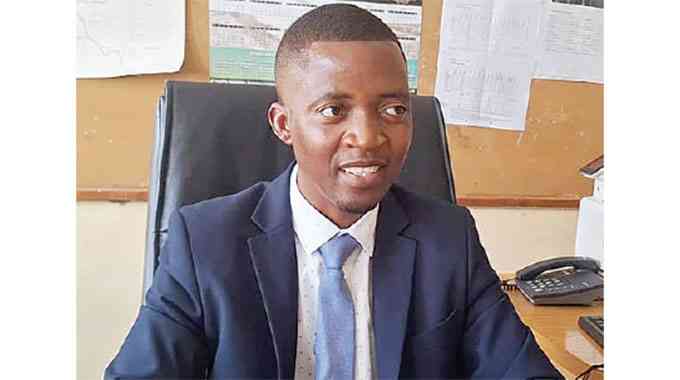
Bulawayo, Zimbabwe’s second-largest city, stands at a critical juncture in its quest for water security.
For decades, the city has endured chronic shortages, severe rationing, and the erosion of confidence in its ability to sustain both population growth and economic activity.
Despite being the country’s industrial hub and a regional centre of commerce, Bulawayo’s progress has been systematically undermined by its fragile water supply system, much of which is dependent on aging dams whose yields have declined sharply due to siltation, illegal mining, inadequate catchment management, and the worsening impacts of climate change.
Water scarcity in Bulawayo is not simply an environmental challenge, it is a structural constraint on the city’s growth, investment potential, and long-term viability.
The absence of reliable water has suppressed urban expansion, deterred industrial development, and created a cycle of stagnation where demand has been artificially curtailed by crisis-driven rationing.
With residents enduring outages of up to 130 hours per week, water insecurity has become not only a technical and financial issue but also a matter of public health, social stability, and political urgency.
This report presents a feasibility and strategic assessment of the proposed Glassblock/Bopoma Dam and associated pipeline, alongside a critical review of the role of groundwater in Bulawayo’s water supply strategy.
The analysis is anchored in historical and contemporary studies, including assessments by the Zimbabwe National Water Authority (Zinwa), SWECO, BOSCH Stemele, ECA/Dorsch/BCHOD, and the World Bank, as well as recent parliamentary inquiries.
- Revisiting Majaivana’s last show… ‘We made huge losses’
- Edutainment mix: The nexus of music and cultural identity
- ChiTown acting mayor blocks election
- Promoter Mdu 3D defends foreigners 30 minute set
Keep Reading
By consolidating these findings, the report highlights both the immediate imperatives and the long-term options available to secure Bulawayo’s water future.
The central argument advanced here is twofold.
First, the Glassblock/Bopoma Dam represents the most practical, least-cost, and fastest-to-implement solution to the city’s current water crisis.
With the potential to deliver 70 megalitres (ML) of water per day at a cost of US$ 0.90 per cubic metre, and within a three-year construction timeframe, the dam offers a realistic opportunity to stabilise supply while other large-scale projects remain years away.
Second, while groundwater resources, such as the Nyamandhlovu and Epping Forest aquifers, play an important supplementary role, they are neither sufficient nor sustainable on their own.
Without urgent investment, rehabilitation, and protection of aquifer infrastructure, these resources will remain vulnerable to vandalism, overextraction, and eventual depletion.
In doing so, the report situates Bulawayo’s water challenge within broader demographic, economic, and climatic trends.
With Africa projected to experience the fastest rate of urbanisation globally by 2050, and Zimbabwe’s cities under increasing pressure to deliver reliable services, Bulawayo’s trajectory will serve as a test case for how water security underpins urban resilience.
The findings, therefore, extend beyond technical feasibility to address the strategic importance of securing water for livelihoods, industry, and sustainable growth.
Ultimately, this report underscores the urgent need for an integrated and sequenced water security strategy, the immediate construction of Glassblock/Bopoma Dam Dam, the upgrade of the Ncema works treatment facility and the Tuli reservoir, the rehabilitation and protection of groundwater resources, and the parallel development of long-term supply augmentation through projects such as the Gwayi-Shangani pipeline.
We need to identify and agree on the simultaneous construction phases.
PHASE 1: Construction of Glassblock dam and the water supply pipeline from Glassblock to the Ncema Pump Station.
PHASE 2: Upgrading Ncema Water Treatment Works and the treated water pumps which convey treated water to Tuli Reservoir to the south of the City.
Double the capacity of Tuli Reservoir from 45ML to 90ML in order to store and distribute treated water to the east and northern suburbs of the City.
As well as the increased volume of water which will be available through the construction of Glassblock Dam, the effective conveyance of this water to the city’s reservoirs, some 60km away, is a vital component to ensure that the City benefits from the new dam.
The completion of Phase 2 is therefore an integral component of the project.
The Phase 1 and Phase 2 construction works, as described above, should take place simultaneously.
This will ensure that after the construction of Glassblock Dam has been completed and after filling or partial filling of the dam in the first rainy season following construction, the necessary conveyance infrastructure has been constructed and commissioned to enable the city’s residents and businesses to benefit from the increased volume of water from the new dam.
Without such a comprehensive approach, Bulawayo risks not only worsening shortages but also the erosion of its role as a dynamic urban and economic centre in Zimbabwe.
- This is the executive summary written by Bulawayo mayor David Coltart on the proposed Glasblock Bopoma Dam, which was tabled at a full council meeting last Friday. The report titled Glassblock/Bopoma Dam and Groundwater: Feasibility and Strategic Importance, lays bare the depth of the water crisis facing Bulawayo.









